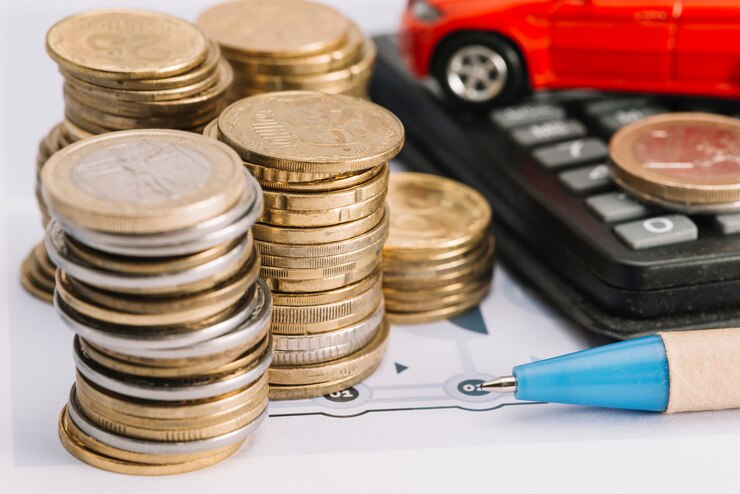The metaverse is a growing digital world where people can interact, work, play, and create. However, as exciting as it is, the metaverse faces a big problem—different virtual worlds don’t connect with each other very well.
That’s where The Virtual Protocol (VIRTUAL) comes in. It promises to change the way we interact in the metaverse by allowing virtual items and assets to move freely between platforms.
In this article, we’ll break down what VIRTUAL is, how it works, and why it might be a game-changer in the metaverse economy.
What is the Metaverse and Why Does It Need The Virtual Protocol?
The metaverse is a virtual space where people can socialize, play games, buy digital products, and even own virtual land.
Right now, each virtual world or platform is isolated—meaning that if you buy a digital item or virtual land on one platform, you can’t use it anywhere else. This makes it hard for users to truly own their digital items across different platforms.
The Virtual Protocol aims to solve this problem. It helps users take their virtual items (like digital clothes, art, or land) and use them across various metaverse platforms, without being limited to one game or world.
The protocol also ensures that users actually own these digital items, rather than just renting them from the platform.
What is The Virtual Protocol (VIRTUAL)?
The Virtual Protocol is a system built on blockchain technology. Blockchain is like a secure digital ledger, recording all transactions and ownerships, ensuring they are clear and safe.
With VIRTUAL, blockchain allows users to truly own their digital assets and move them freely across different virtual platforms.
Here’s a simple example: If you buy a cool virtual outfit in one game, the Virtual Protocol lets you use that same outfit in other virtual worlds, like social spaces or virtual events. You own the item, not the game’s platform.

Key Features of The Virtual Protocol
1. Interoperability Across Virtual Worlds
The biggest feature of VIRTUAL is its ability to connect different virtual worlds. Without VIRTUAL, you’re limited to using your assets in the platform where you bought them. But with VIRTUAL, your digital items—whether they are outfits, furniture, or virtual real estate—can be used across multiple platforms. You could buy a virtual painting in one game and hang it in your virtual home in another game.
2. True Digital Ownership
Right now, many digital assets are controlled by the platform that created them. With VIRTUAL, you actually own your virtual items, thanks to blockchain. This means you can sell, trade, or use your assets as you wish.
Your virtual items are yours to keep, and the ownership is secure and transparent, thanks to blockchain technology.
3. Empowering Creators
The Virtual Protocol isn’t just for players—creators and developers can use it too. Artists and game developers can create digital items or experiences, and sell them directly to users.
Since they can retain ownership of their work through blockchain, they don’t have to rely on a platform to control or profit from their creations. This opens up new ways for creators to monetize their work in the metaverse.
4. Easy Integration with Existing Platforms
The best part of VIRTUAL is that it works alongside current platforms. You don’t need to switch to a new virtual world to benefit from VIRTUAL; it’s designed to work with the platforms you already use.
This means you can continue using your favorite virtual spaces while enjoying the benefits of VIRTUAL decentralized, cross-platform systems.

Why The Virtual Protocol Could Be a Game-Changer
The Virtual Protocol could be a major shift in the way we think about virtual worlds and digital ownership. Here’s why:
1. A Unified Virtual Economy
The metaverse is currently fragmented, with each platform acting like its own isolated universe. VIRTUAL connects these universes, creating a unified economy. This means virtual goods can have value in multiple places.
For example, a virtual item you buy in one game might also be useful in a virtual shopping mall or concert. It allows digital assets to be more valuable and usable.
2. Giving Users Real Ownership
One of the most exciting parts of VIRTUAL is the idea of true digital ownership. With VIRTUAL, you don’t just rent virtual items from a game’s platform—you own them.
This gives you control over what you do with your virtual items. Additionally, you can keep them, sell them, or use them wherever you want.
3. Helping the Metaverse Grow
The Virtual Protocol helps to build a more open and connected metaverse. By allowing virtual items to be easily traded or used across multiple platforms, it creates new opportunities for users and creators.
It also makes it easier for new metaverse projects to develop, because they can integrate with the existing ecosystem.
Challenges and Things to Consider
While The Virtual Protocol has a lot of potential, it still faces challenges. The idea of connecting multiple platforms and managing digital ownership across them is complex, and it may take time to fully implement.
Additionally, there are always concerns about security in decentralized systems, and ensuring that digital assets are protected is key to VIRTUAL success.
Conclusion: Is The Virtual Protocol the Future?
The Virtual Protocol (VIRTUAL) has the potential to reshape the way we experience the metaverse. By enabling true ownership, cross-platform compatibility, and new opportunities for creators, it could help build a more open and interconnected virtual world.
While there are still challenges to overcome, VIRTUAL’s innovative approach to digital ownership and economy makes it a promising part of the future of the metaverse.
If you’re excited about the metaverse and want to see how it could evolve, keep an eye on The Virtual Protocol. It might just be the key to unlocking





